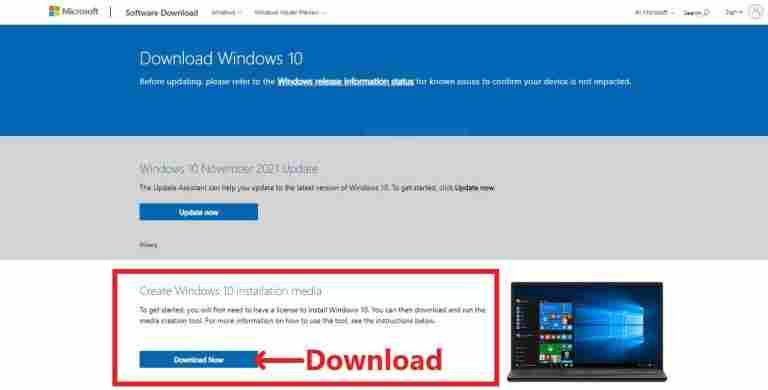

Select it so it’s highlighted (the “D” drive is selected in the case pictured here), and click Next. Make sure you know the correct drive letter as mentioned earlier. On the next screen, you’ll be prompted to choose the USB drive you want to use. We want to create a USB flash drive, so select that radio button and click Next.

Now you have to decide whether you want to create installation media or just download an ISO file. Once you’ve made the necessary changes, click Next. You can also download the latest Enterprise Edition. If you try to upgrade a 32-bit PC with a 64-bit version of Windows, for example, it won’t work. Media Creation Tool is one of the ways of downloading the latest Windows 11 or Windows 10 Home and Pro editions ISO. The change most users will likely need to make is to the architecture. If you need to change anything such as the default language, edition of Windows 10 (Home or Pro), or the architecture ( 32- or 64-bit), deselect the check box labeled Use the recommended options for this PC. To create installation media, go to the software download website, where you'll find step-by-step instructions. By default, the Media Creation Tool will download the same version of Windows that’s on the PC you’re currently using. You can use installation media (a USB flash drive or DVD) to install a new copy of Windows, perform a clean installation, or reinstall Windows.


 0 kommentar(er)
0 kommentar(er)
